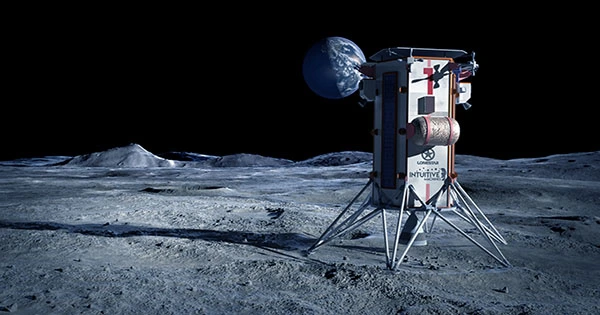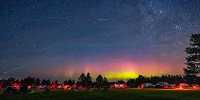The Svalbard Global Seed Vault, sometimes known as the Doomsday Vault, is located on the Norwegian Arctic island of Spitsbergen. To secure the world’s food supply from loss due to everything from war to natural calamities, the vault stores identical seeds in airtight metal bags. The system isn’t perfect – it’s already flooded due to climate change – but the concept is being applied to humanity’s knowledge by one firm. Via summary, Lonestar intends to store humanity’s data on the Moon in subterranean lava tubes.
Christopher Stott, the founder and CEO of Lonestar, told The Register, “It’s incomprehensible to me that we’re leaving our most valuable assets, our knowledge, and our data, on Earth, where we’re putting off bombs and burning everything.” “We need to put our assets off our planet, where we can keep it secure,” says the narrator. The project has progressed beyond the concept stage, revealing in April that it has secured funding for its first two missions, which will see the first data center built on the Moon.
In a press release, Stott stated, “Data is the greatest currency generated by the human race.” “We rely on it for almost everything we do, and it is far too valuable to us as a species to store in Earth’s increasingly fragile biosphere. Our Moon, Earth’s biggest satellite, is the best location for safely storing our future.” In fact, Svalbard already has an apocalypse-proof vault for open-source material.
Lonestar has secured a spot on Intuitive Machines’ IM-1 mission, a private mission that will send a lander to the Moon, to run an early software test, keeping a tiny amount of data aboard the lander for two weeks, or one lunar day. They’ll next “launch their first full data services cargo to the lunar pole on Intuitive Machine’s IM-2,” where they’ll perform upload and download testing. The concept is that future servers will be able to interact with Earth and store data that we don’t want to lose for a long time.
“What will happen to our data on Earth if we don’t accomplish this?” The Register has added Stott. “Due to the consequences of climate change, the seed bank was inundated. Other types of devastation, such as war or cyber strikes, are also possible. We require a secure location to store our data.” This isn’t the first time scientists have suggested that crucial Earth knowledge be stored on the Moon. However, as you can expect, keeping data on the Moon is a difficult task.
Apart from the obvious issues (no Moon IT department to address faults), the temperature on the Moon varies from 106°C (222.8°F) during the day to -183°C (-297.4°F) at night, and the Moon’s surface is not shielded from cosmic radiation in the same way that the Earth’s atmosphere is. The lava tubes come into play here, giving a much more consistent temperature and preventing a lot of radiation from reaching the servers. Lonestar isn’t the only company looking into the notion, but for a different reason. As part of NASA’s Artemis Moon program, the Italian space agency tasked Thales Alenia Space with developing concepts for data centers on the Moon.
A permanent presence on the Moon, or a long-term lunar base, is part of the Artemis program. Data centers will be a need, not a novelty, in this case. “Relying on Earth-based computational resources is simply not acceptable for many needs,” Eleonora Zeminiani, head of Thales Alenia Space’s Human Exploration New Initiatives division, told Data Center Dynamics, “because communications with Earth are subject to a [noticeable] latency, one order of magnitude greater than what we consider acceptable for today’s VoIP standards and two orders of magnitude greater than the desired standard for low latency applications such as vCall.”
















